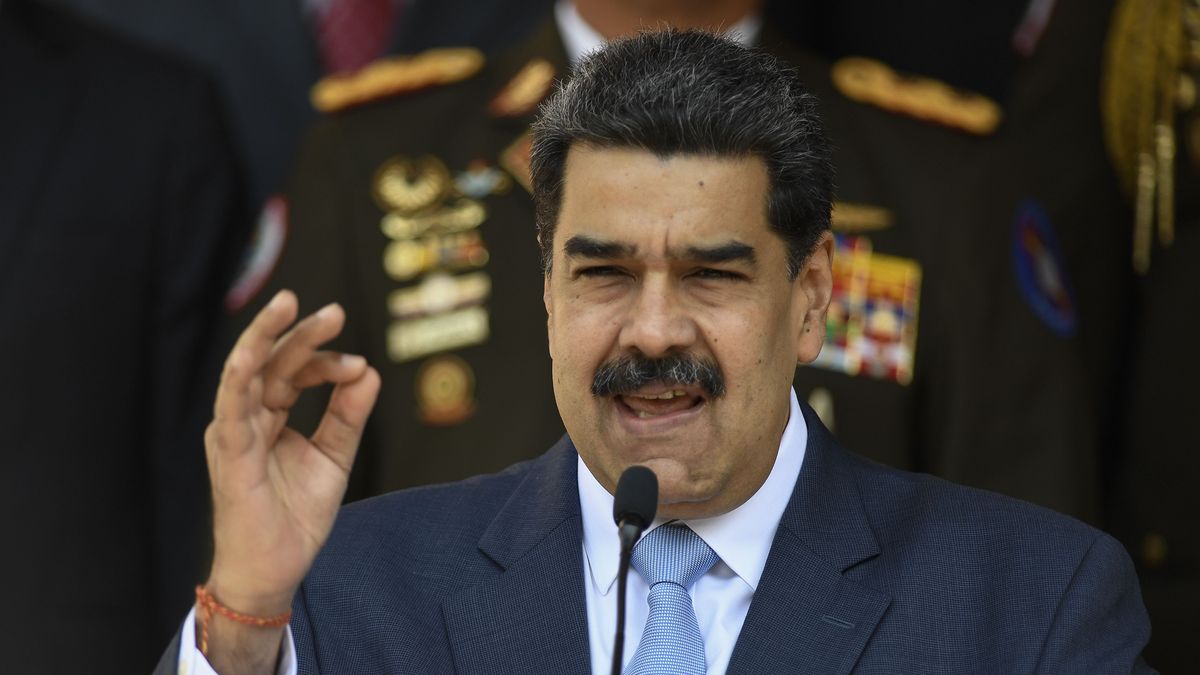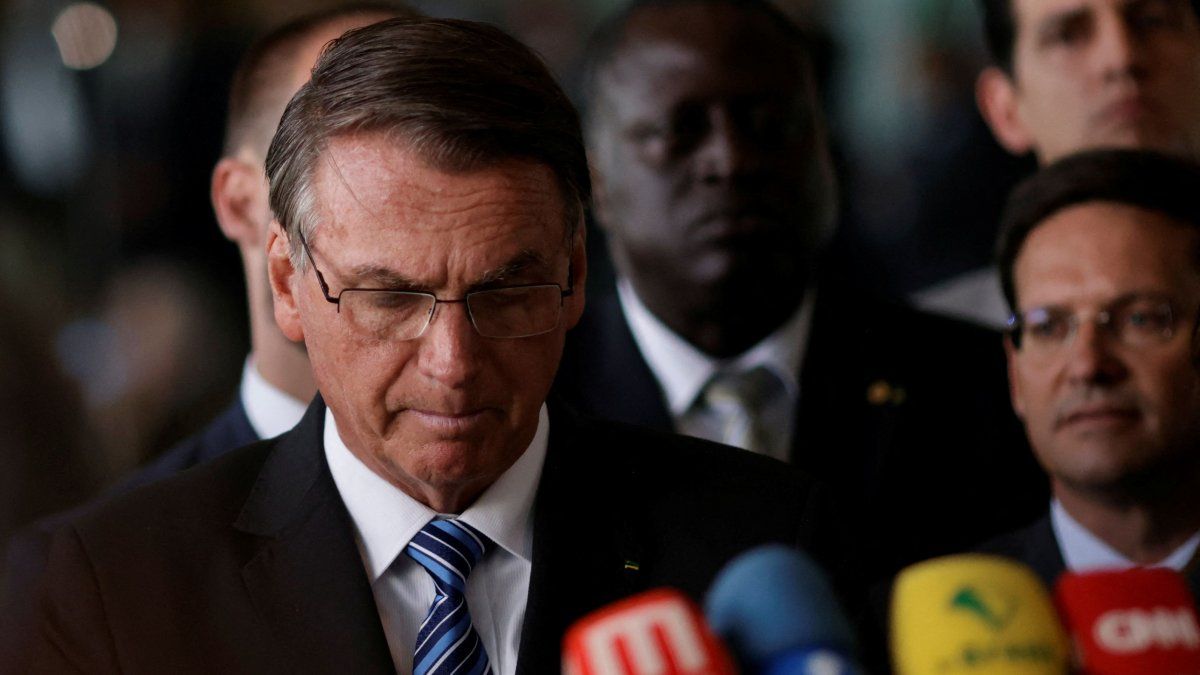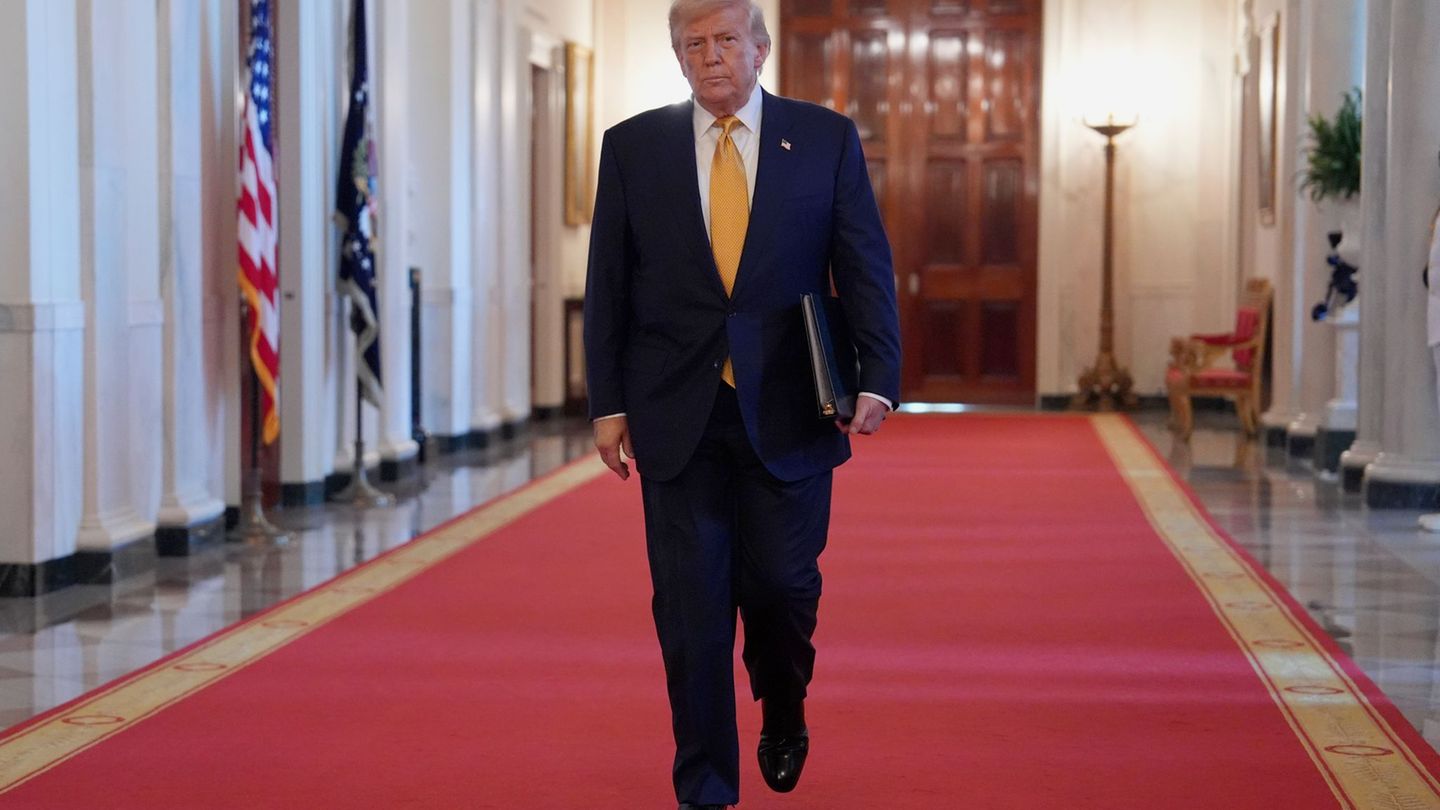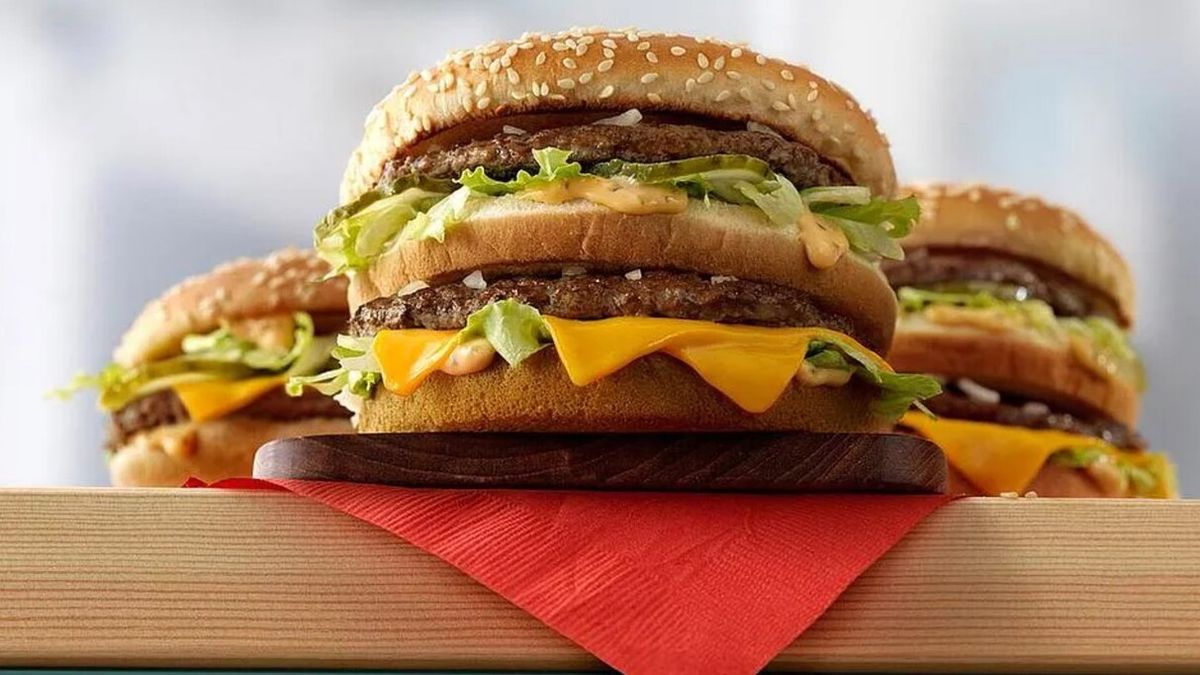“This makes us optimistic that we have overcome the burdens of hyperinflation and in power, with a lot of discipline, work, effort, with a lot of intelligence, audacity and wisdom, in 2022 we will embark on a path to flatten and defeat high inflation”, Maduro said in his annual accountability before the Chavista-majority Parliament.
The president also assured that 2021 was the first year of recovery and “growth” for the country, although the International Monetary Fund (IMF) forecasts a negative eighth year.
“An annual growth (in) 2021 is projected, experts in their studies will say, greater than 4%,” said the president, who has also spoken of a 7% growth in the third semester, without giving details of the indicator . The BCV has not published GDP data since the first quarter of 2019. And according to the IMF, Venezuela’s GDP per capita fell to 1,541 dollars, below that of Haiti.
But Maduro speaks of “growth” after the “economic war” that he has denounced since 2015 and a “blockade” by the United States and its sanctions policy to pressure the fall of the government, which includes an oil embargo. He projected “2022 as the year of the rise”. “We are going to expand the growth of entrepreneurship,” he said.
The last time that Venezuela registered a monthly variation above 50% was in December 2020, when prices increased by 77.5%. From January 2021 and until today, Venezuela has not registered monthly variations above 50 points. However, even without the “hyper” prefix, it is still the highest inflation in the world. Venezuela’s hyperinflation has been one of the longest in modern history, surpassed only by that of Nicaragua (1986-1991) and Greece (1941-1945).
How did inflation go down?
With the fall in oil prices in 2013, a contraction of the economy and the sanctions imposed by the US, Canada and the European Union, the Maduro administration applied a significant reduction in spending by the State, restrictions on bank credit and lower spending in bolivars to maintain exchange rate stability.
By 2017, the public deficit exceeded 20% of the Gross Domestic Product (GDP), the highest in Latin America. But an independent study by the Andrés Bello Catholic University put it at 7.9% for 2020.
Other measures applied were to end the subsidy on gasoline (for years the cheapest in the world, cheaper than a bottle of mineral water), loosen price controls and open the foreign exchange market, which was subject to strict state control by more than 16 years. This allowed for more imports and a small revival of private industry.
Source From: Ambito
David William is a talented author who has made a name for himself in the world of writing. He is a professional author who writes on a wide range of topics, from general interest to opinion news. David is currently working as a writer at 24 hours worlds where he brings his unique perspective and in-depth research to his articles, making them both informative and engaging.




